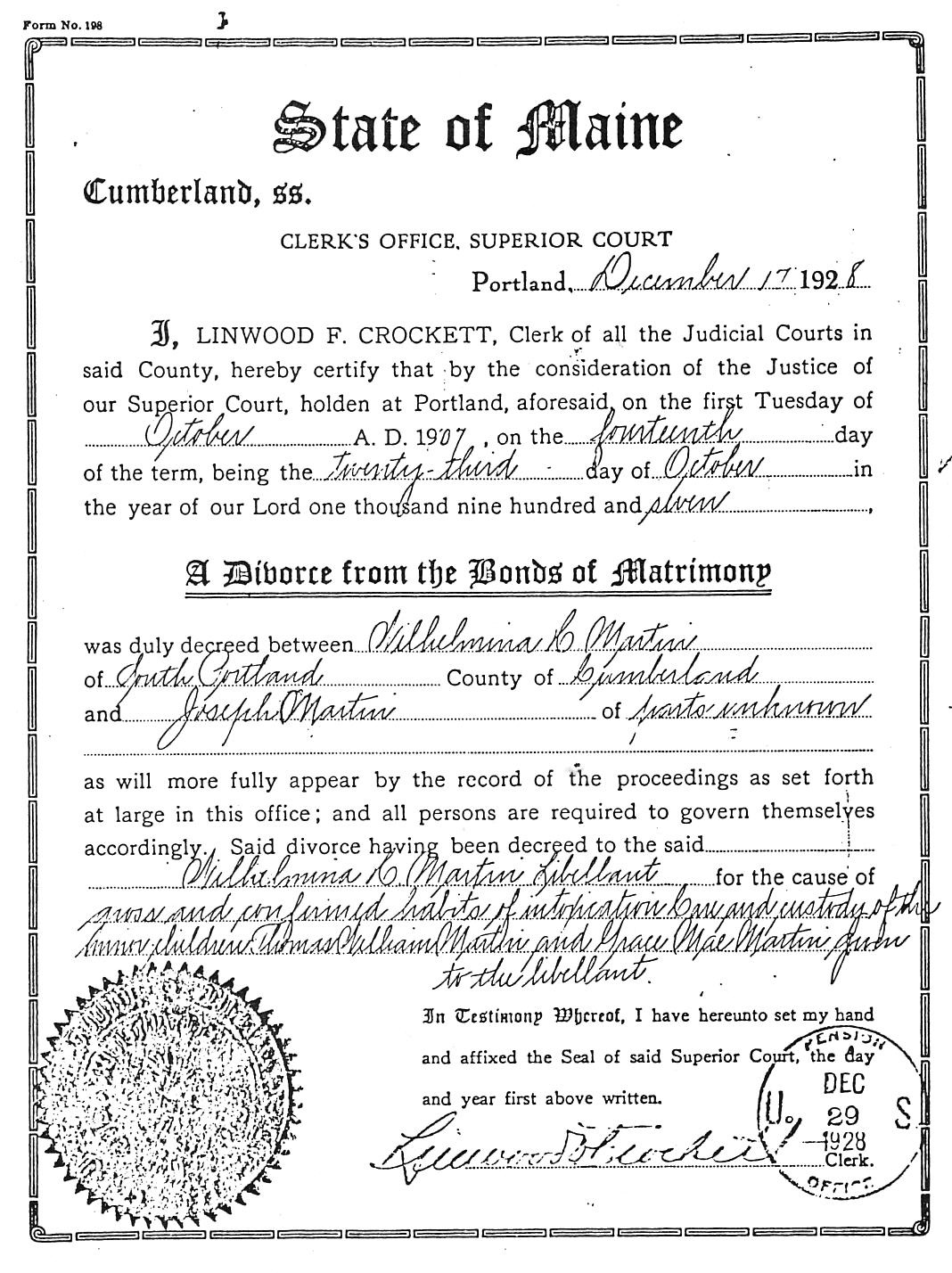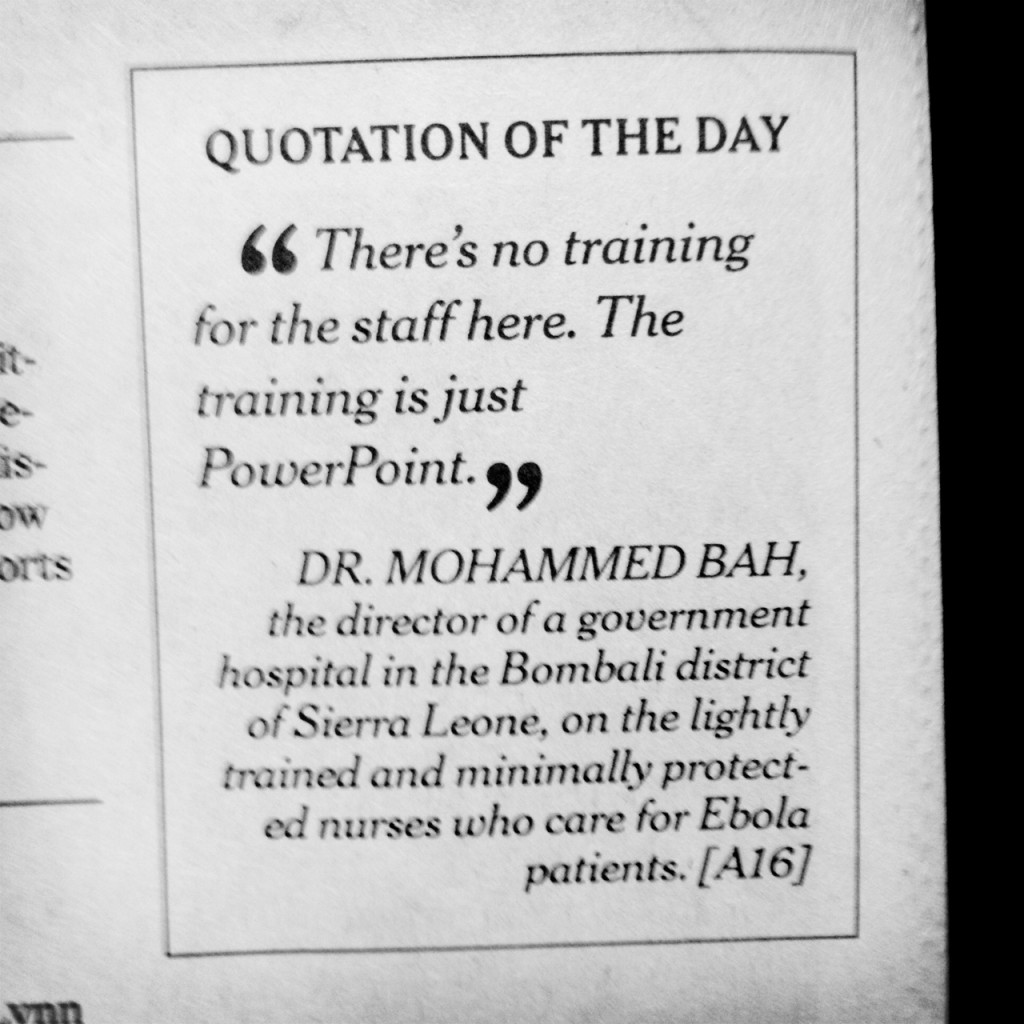“Feel a connection”
November 13, 2014Class Tumblr
November 5, 2014Are search results everyday texts?
November 4, 2014Mattress as everyday text
Ms. Sulkowicz spoke of her interest in the kind of art that elicits a powerful response, whether negative or positive. Freshly painted on the walls around us loomed big black letters spelling out the “rules of engagement,” the guidelines to her performance: One states that she will continue the piece until the man she accuses of attacking her is no longer on campus, whether he leaves or is expelled or graduates, as she also will next spring. (If need be, she plans to attend commencement carrying the mattress.) She said the performance is giving her new muscles and an inner strength she didn’t know she had, and is attracting many different kinds of attention, some of it hard to take.
“Carry That Weight” is both singular and representative of a time of strongly held opinions and objections and righteous anger on all sides, a time when, not surprisingly, political protest and performance art are intersecting in increasingly adamant ways. NYT: In a Mattress, a Lever for Art and Political Protest.
- More coverage.
- Emma Sulkowicz on Facebook and on Twitter.
- NY Mag: Meet the College Women Who Are Starting a Revolution Against Campus Sexual Assault
- Huffington Post: Fraternity Suspended After Accusations It Used Color-Coded System To Drug Female Students
- NYT/Op-Doc: Brown’s ‘Rape List,’ Revisited
- — List Of Alleged Rapists Distributed At University Of Chicago
- — ‘UChicago Electronic Army’ Targets Sexual Assault Survivor
Fullerton & Sheffield
October 14, 2014Divorce papers & forms — and a dress
October 8, 2014Two abstracts
“Sound and the Everyday in Qualitative Research”
Qualitative Inquiry September 2008 vol. 14 no. 6 1019-1040
Abstract
In this article, a constitutive aspect of the everyday world is attended to, which is too often absent or suppressed in social scientific accounts of social life: noise. A question is raised as to how social science has addressed the question of noise, through a reconsideration of sound and the everyday. Conventional “good practice” for the organization and conduct of research interviews is compared with alternative approaches more open to the space of everyday sounds, and the practice of soundwalking—the mobile exploration of (local) space and sounds—is offered as a productive context for the creative disturbance of the conventional interview. In closing, some of the possibilities of noise as these have been brought home to us in our own research with young people in noisy, everyday settings are set out.
“Textual Objects: Accounting for the Role of Texts in the Everyday Life of Complex Organizations”
Written Communication July 2001 vol. 18 no. 3 296-325
Abstract
Texts function as both means and motive for human activity in the same way that other technological objects function: They move from private mediational means to public motive as part of the shifting consciousness that sustains the everyday life of complex organizations. In complex organizations, the status of text, the condition of public visibility, is an achievement rather than a given. Seeing texts as objects calls our attention to a range of textual phenomena associated with the advent of information technologies. In infomated environments, the virtual states of textual objects are becoming ever more ubiquitous and consequential. A sample analysis of the texts produced and used in the context of the new technology of personal digital assistants (PDAs) suggests, for example, that such “ITexts” may facilitate the migration of the documentary reality of the workplace into the home.
Feminist poodle
September 30, 2014Social practice & everyday texts
Revisiting Stillar: “Everyday texts are ubiquitous and play a significant role in our exchanges with others in social life. Their complexity and their consequences, however, do not often receive close critical attention. No matter how mundane we may take these types of texts to be, they all:
- Exhibit complexity in terms of the linguistic resources we draw upon to make and understand them
- Perform critical rhetorical functions for the participants involved
- Powerfully summon and propagate the social orders in which we live
- In each case, the text is an impetus for our active response.
- [Paraphrasing Katie] Everyday texts are constitutive of something or someone; as agents of communication, they surround us constantly, and it is surely to our benefit to be able to understand what they’re saying
Social practice:
- A method that studies the link between practice and context within social situations
- A routinized type of behavior
- Materials – including things, technologies, tangible physical entities, and the stuff of which objects are made
- Competences – which encompasses skill, know-how and technique
- Meanings – in which we include symbolic meanings, ideas and aspirations.
Please stop
“In Bourdieu’s case, I focus on his theorizing of habitus--our propensity to act in the social world according to embodied systems of durable, generative, and transposable dispositions. Of particular interest is the nature and effect of differing types of linguistic habitus–those dispositions that affect our access to and exercise of symbolic power in particular social contexts” (Stillar, 10).
Context with some rhetorical justification
September 17, 2014Brainstorming additional genres
- Social media & Tumblr posts, in particular — for example.
- Love letters — does this count?
- Diary entries
- Shopping lists
- Advertisements
Welcome to WRD360 — Word on the Street: The Rhetoric of Everyday Texts
According to David Levy, in Scrolling Forward: Making Sense of Documents in the Digital Age,
If we are going to see into the nature of documents, we would do well to deal directly with the most abundant and ordinary of them. It is easy enough to be transported to heights of ecstasy by the most magnificent specimens. Indeed, we may be spellbound by their beauty and power. The bigger challenge is to look closely and respectfully at the lowest and homeliest of them. And should we find beauty, depth, and power in these, we will surely have accomplished something.
This little receipt is a historical document.

We encounter so many “everyday texts” and genres in our day-to-day lives: CTA signs; nutritional information; financial-aid forms; memes; Instagram feeds; social-justice appeals; job ads; emails; street art and tagging; street newspapers; legislative announcements representing and framing immigration reform. In this course, we will analyze and produce texts based on our understanding of the rhetorical, discursive, and social-practice contexts that inform their composition, distribution, and reception, while exploring the concept of the “everyday.”
Our work will address print, digital, and hybrid platforms for both readers and writers, and no prior experience with production technologies is necessary.

“Writing is an act of community. It is a letter, it is comforting, consoling, helping, advising on our part, as well as asking it on yours. It is a part of our human association with each other. It is an expression of our love and concern for each other.” — Dorothy Day

















